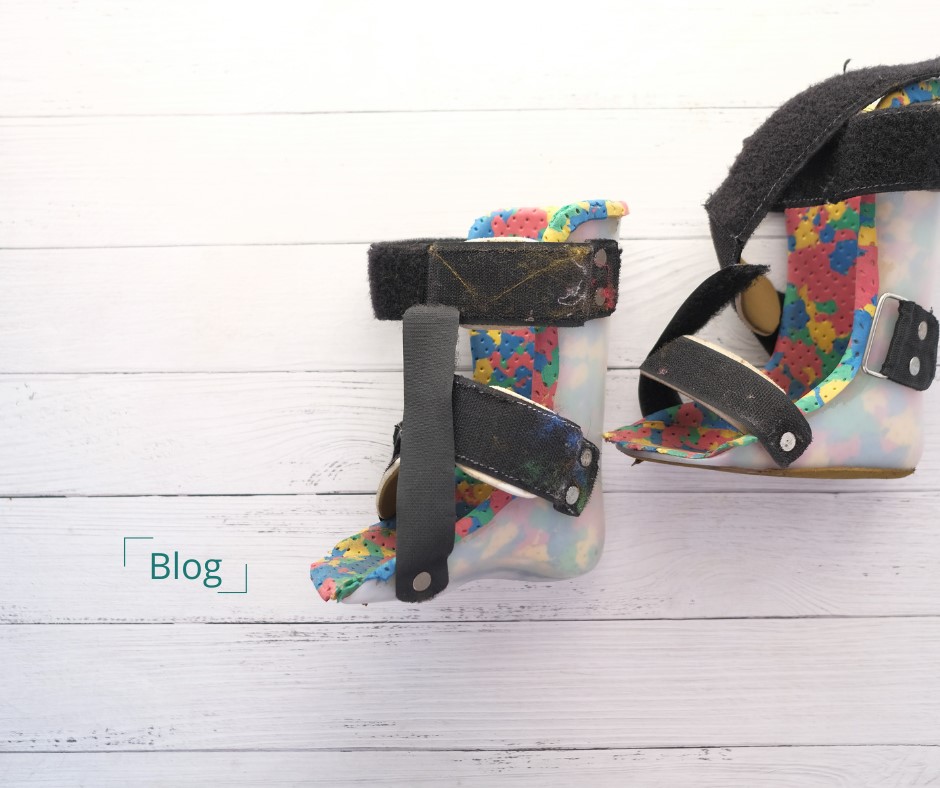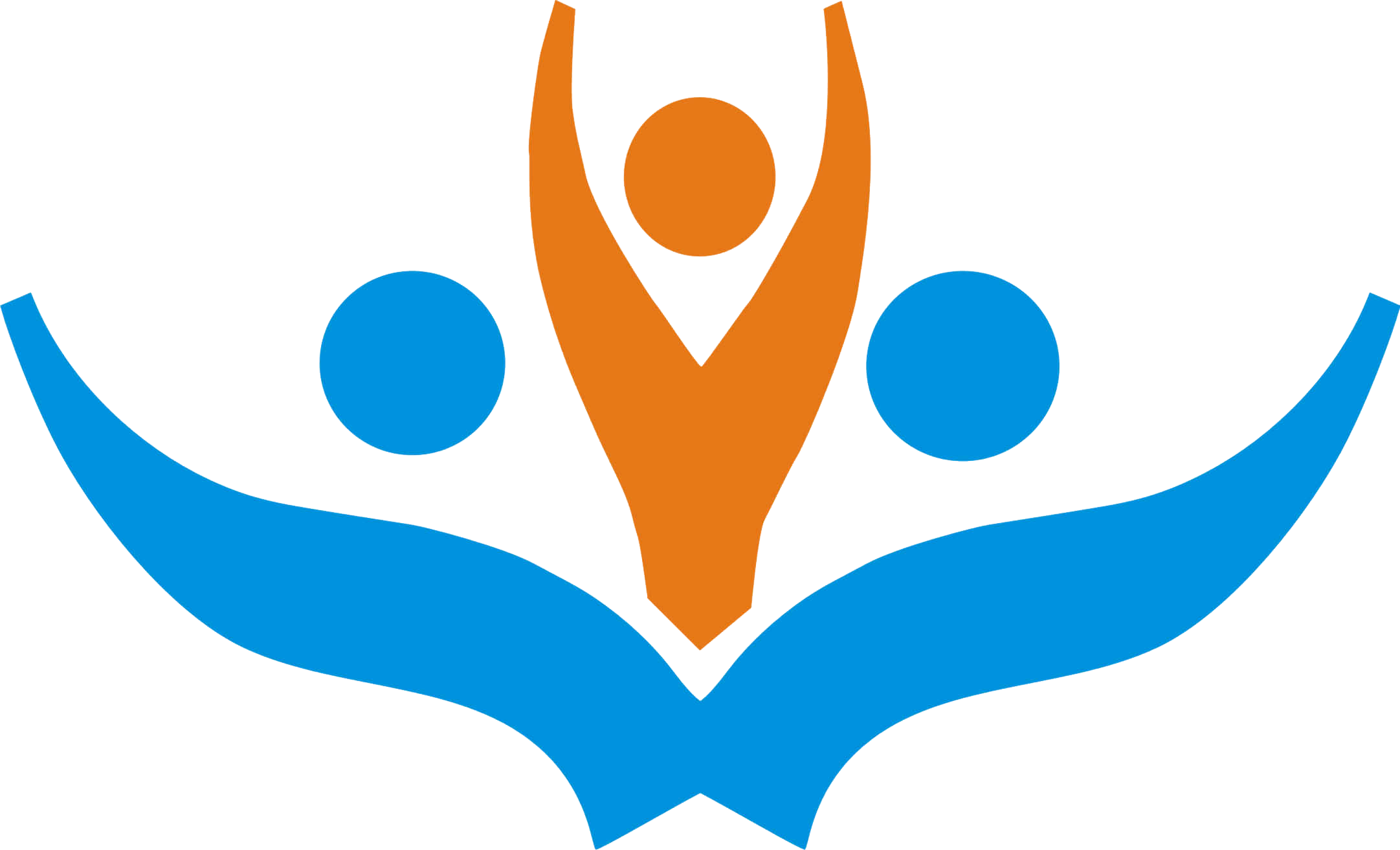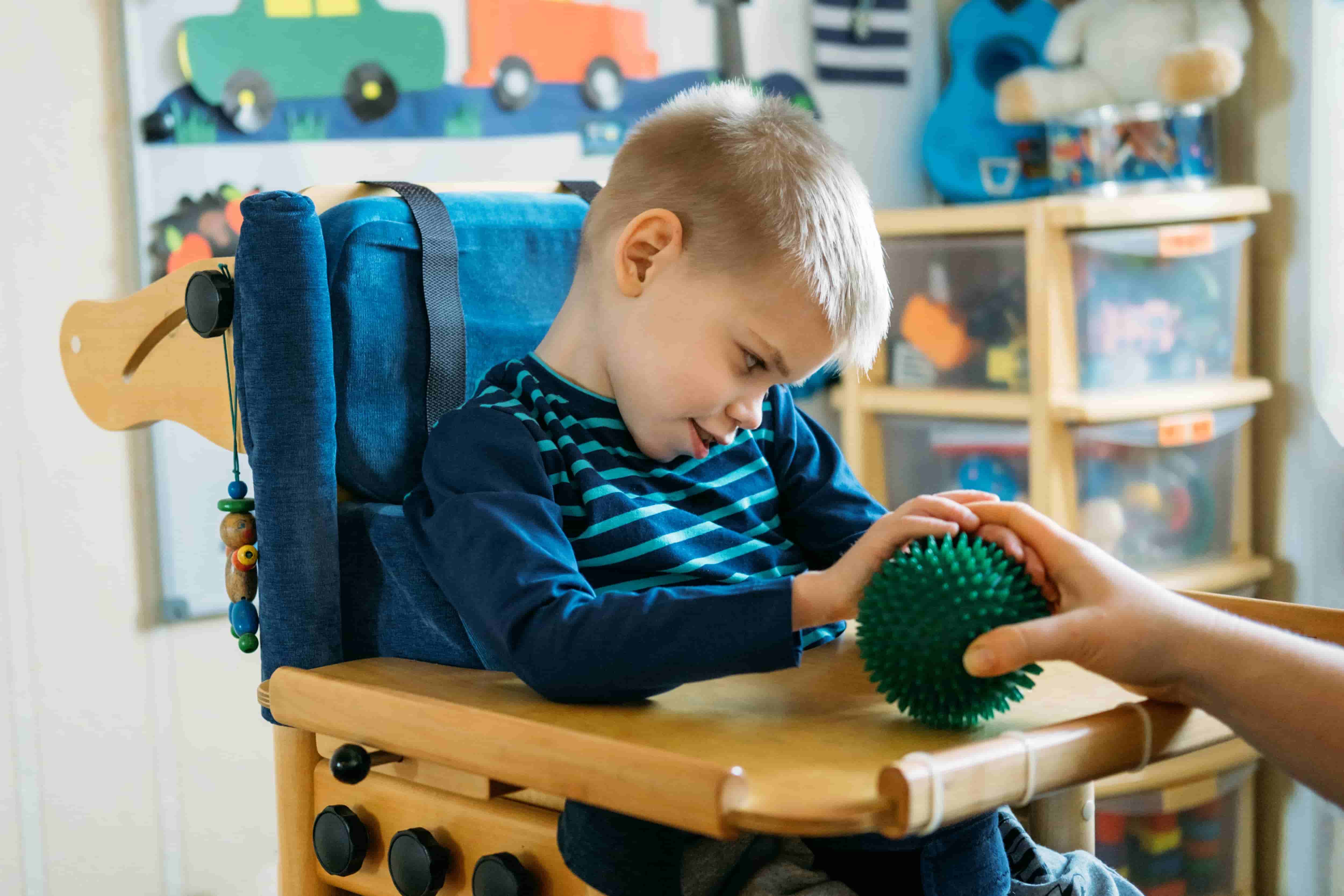
Caring for children with Spastic Cerebral Palsy
More than 70% of patients with cerebral palsy have spastic cerebral palsy, sometimes referred as pyramid cerebral palsy, which is the most prevalent type. Tight muscles that are unable to relax in some areas of the body are symptoms of this condition and spastic or hypertonic muscles are those that are affected. The joints are impacted by this and they may stiffen, making it challenging for the person to control their movements, eat and speak. They may walk in an unorthodox way, like on their toes.
The medical term 'cerebral palsy' refers to a range of disorders that affect a person's balance, mobility and posture. The most prevalent movement disorders are spasticity – a condition that cause muscles to tighten or stiffen, preventing fluid movement, involuntary movements, rigidity and abnormal muscle tone. The medical community diagnoses various types of cerebral palsy based on the patient’s primary movement disorder.
There are four basic varieties of cerebral palsy according to experts, each with its own set of symptoms which include mixed, athetoid, ataxic and spastic.
One arm, both legs or the entire side of the body may experience muscle rigidity in children with spastic cerebral palsy. Simple tasks like walking or picking up tiny objects become more difficult for people with this type of cerebral palsy. As a result of their brain injury, some children with this condition also acquire co-occurring disorders. Epilepsy and attention deficit hyperactivity disorder (ADHD) are two examples of these coexisting disorders.
There are three types of spastic cerebral palsy:
• Spastic Diplegia: Causes muscular stiffness in both arms and legs to varying degrees
• Spastic Hemiplegia: Affects the hand, arm and leg on one side of the body
• Spastic Quadriplegia: Affects all four limbs
Damage to the motor cortex and the pyramidal tracts of the brain which connect the motor cortex to the spinal cord, causes spastic cerebral palsy. Knowing how the motor cortex and pyramidal tracts work might help explain how injury to these areas of the brain impacts people with this condition to move.
The cerebral cortex, the biggest component of the brain, contains the motor cortex. There are various components that make up the motor cortex and they are in charge of sending signals to other regions of the brain to govern movement. The motor cortex's control over voluntary movement is a crucial feature in the context of cerebral palsy. When this area of the brain is damaged, voluntary movement becomes less fluid and more difficult to regulate, or "spastic".
Every child has a unique set of spastic cerebral palsy indications and symptoms. The most typical signs are:
• Incomplete joint extension
• Little mobility
• Irregular reflexes
• Unusual gait
• Exaggerated motions and stiff, tight muscles (hypertonia) on one or both sides of the body
• Balancing on one foot
• Splayed knees
Each case of spastic cerebral palsy requires a unique course of treatment. The main determinants of treatment are the intensity of symptoms, the location of mobility issues and any coexisting diseases.
Chetna Foundation helps children and young people with special needs, make them stronger and their environment more accessible.
| Tweet |





